KAAMOTAAN (RECONCILIATION)
CLEANSING AS HEALING
COURTNEY ALEXANDRA FOX
KAAMOTAAN (RECOONCILIATION)
CLEANSING AS HEALING
COURTNEY ALEXANDRA FOX
Kaamotaan (Reconciliation) –
Cleansing as Healing
Courtney Alexandra Fox
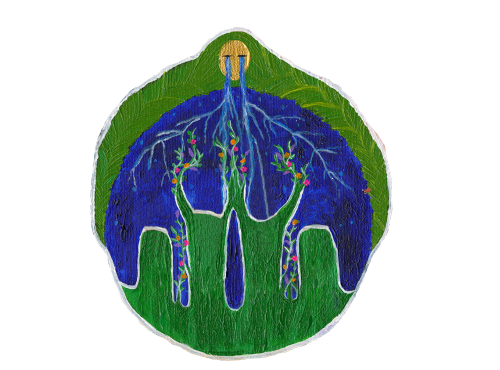

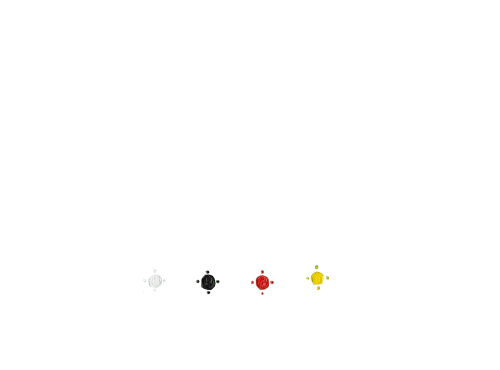
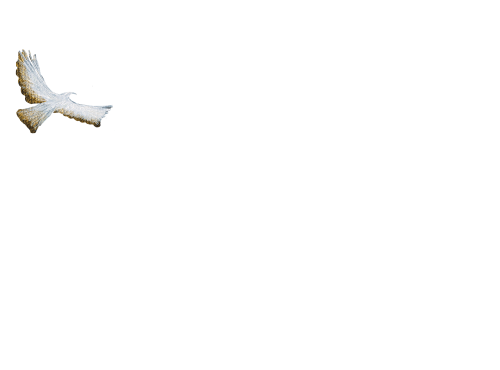

Kaamotaan (Reconciliation) –
Cleansing as Healing
Courtney Alexandra Fox
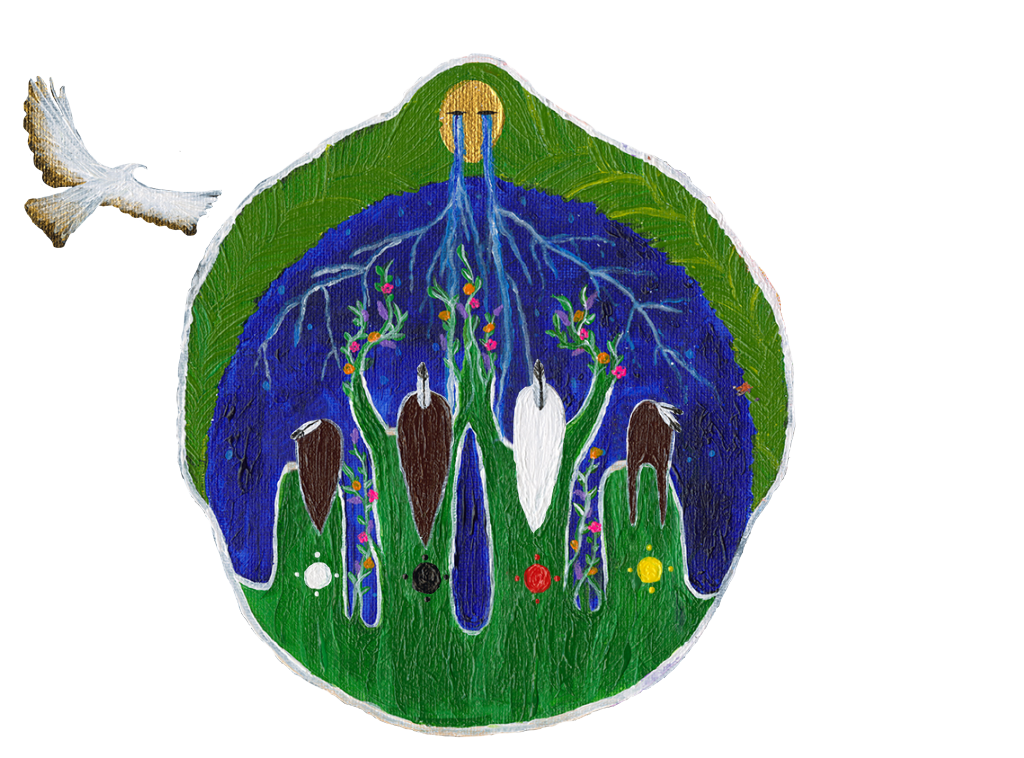

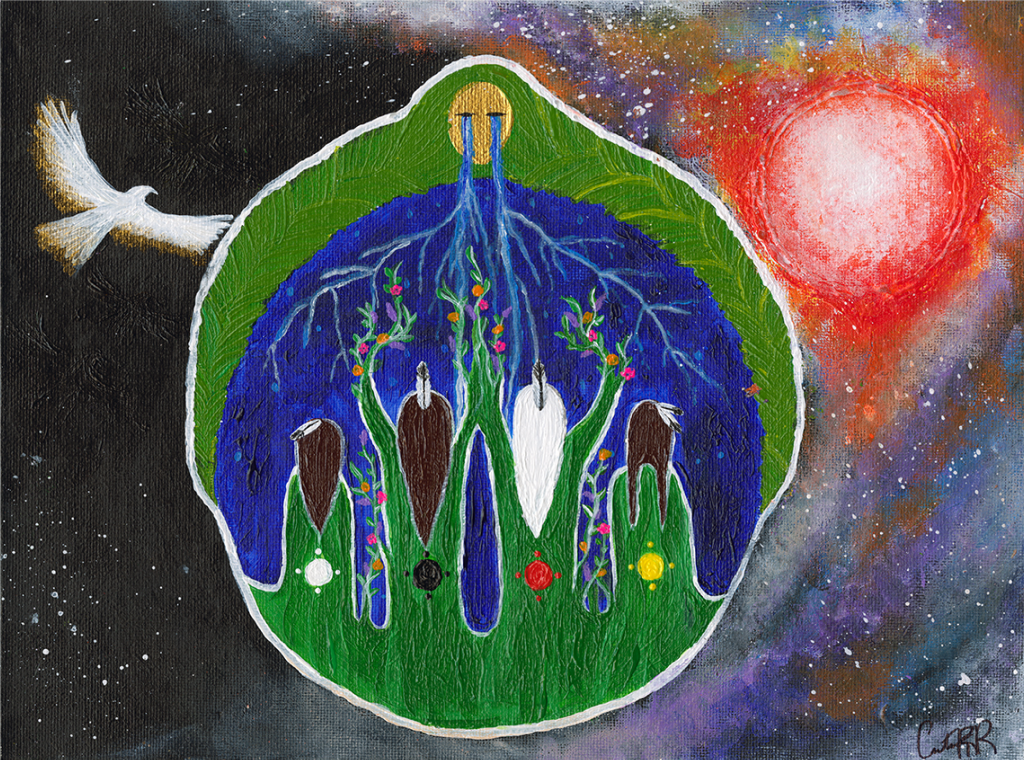
Kaamotaan (Reconciliation) –
Cleansing as Healing
Courtney Alexandra Fox
Welcome
Welcome
This website is an entry point into Truth and Reconciliation for the arthritis community in Canada. A place where all can unite and learn more on their journeys of self-reflection, learning and relearning to gain greater understanding of Indigenous Peoples’ culture, traditions, and ways of knowing and being.
For health care providers, the site provides valuable information on Call to Action #22 to promote education, dialogue, and action around the value of Indigenous Peoples healing practices and beliefs, and appropriate means of application by healers and Elders in the care of Indigenous Peoples.
This website is an entry point into Truth and Reconciliation for the arthritis community in Canada. A place where all can unite and learn more on their journeys of self-reflection, learning and relearning to gain greater understanding of Indigenous Peoples’ culture, traditions, and ways of knowing and being.
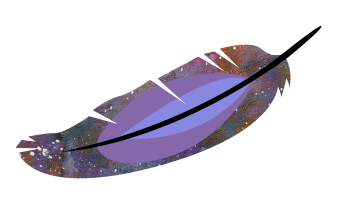
This website is an entry point into Truth and Reconciliation for the arthritis community in Canada. A place where all can unite and learn more on their journeys of self-reflection, learning and relearning to gain greater understanding of Indigenous Peoples’ culture, traditions, and ways of knowing and being.
For health care providers, the site provides valuable information on Call to Action #22 to promote education, dialogue, and action around the value of Indigenous Peoples healing practices and beliefs, and appropriate means of application by healers and Elders in the care of Indigenous Peoples.
Explore the website and learn more about Indigenous medicines and health practices, successful programs that incorporate traditional healing, and the latest arthritis research involving and led by Indigenous Peoples in Canada.
Actioning the Truth and Reconciliation Calls to Action are a work in progress. Walk with us to take positive steps towards improving the quality of care for Indigenous Peoples living with arthritis across Turtle Island (now known as Canada).
The organizations of the Arthritis Community Learning Circle and our Indigenous partners would like to honour and recognize all the diverse and rich Indigenous languages across Turtle Island, and around the world. We aim to be as inclusive, sensitive, and transparent as possible. Although we are based on the shared, unceded, ancestral territories of the xʷməθkʷəy̓əm (Musqueam), Sḵwx̱wú7mesh (Squamish), and səlilwətaɬ (Tsleil-Waututh) Nations, much of our work is centered around Blackfoot language, symbols, knowledge, and culture as our work is co-led by team members who belong to the Blackfoot confederacy in Alberta, Canada. Thus, what appears on this website may not be directly or indirectly translatable to other distinct Indigenous Nation, tribe, clan and Peoples. We are not suggesting that there is a prioritization of one Indigenous People before another. First Nations, Métis and Inuit are diverse and distinct groups that each have their own unique cultural values and practices. This website will continue to evolve to reflect our commitment to acknowledging the uniqueness of Indigenous groups. When possible, we encourage others to be specific when speaking about Indigenous peoples, we kindly ask you refer to the Nation, tribe or clan.
Join the Arthritis Community Learning Circle today by sending an email to feedback@jointhealth.org
For health care providers, the site provides valuable information on Call to Action #22 to promote education, dialogue, and action around the value of Indigenous Peoples healing practices and beliefs, and appropriate means of application by healers and Elders in the care of Indigenous Peoples.
Explore the website and learn more about Indigenous medicines and health practices, successful programs that incorporate traditional healing, and the latest arthritis research involving and led by Indigenous Peoples in Canada.
Actioning the Truth and Reconciliation Calls to Action are a work in progress. Walk with us to take positive steps towards improving the quality of care for Indigenous Peoples living with arthritis across Turtle Island (now known as Canada).
The organizations of the Arthritis Community Learning Circle and our Indigenous partners would like to honour and recognize all the diverse and rich Indigenous languages across Turtle Island, and around the world. We aim to be as inclusive, sensitive, and transparent as possible. Although we are based on the shared, unceded, ancestral territories of the xʷməθkʷəy̓əm (Musqueam), Sḵwx̱wú7mesh (Squamish), and səlilwətaɬ (Tsleil-Waututh) Nations, much of our work is centered around Blackfoot language, symbols, knowledge, and culture as our work is co-led by team members who belong to the Blackfoot confederacy in Alberta, Canada. Thus, what appears on this website may not be directly or indirectly translatable to other distinct Indigenous Nation, tribe, clan and Peoples. We are not suggesting that there is a prioritization of one Indigenous People before another. First Nations, Métis and Inuit are diverse and distinct groups that each have their own unique cultural values and practices. This website will continue to evolve to reflect our commitment to acknowledging the uniqueness of Indigenous groups. When possible, we encourage others to be specific when speaking about Indigenous peoples, we kindly ask you refer to the Nation, tribe or clan.
Join the Arthritis Community Learning Circle today by sending an email to feedback@jointhealth.org

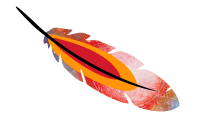
The land we are on
The members of the arthritis community participating in this program would like to acknowledge that we are settlers on traditional, ancestral and unceded territory of many different Indigenous Peoples throughout Canada.
Acknowledging that we are on the traditional territories of Indigenous Peoples’ communities is an expression of cultural humility and reflects the commitment we are undertaking, as individuals and as organizations, towards reconciliation between non-Indigenous and Indigenous Peoples in Canada


Doing the right thing
Doing the right thing
It is our responsibility as settlers to support Indigenous Peoples in self-determination. The Assembly of First Nations defines self-determination as “the right of a people to freely determine their political status and freely pursue their economic, social, and cultural development; and dispose of and benefit from their wealth and natural resources”.
It is important to understand that health inequities exist due to historic and sociopolitical factors that dictate access to and benefit from health care. For hundreds of years, the right to self-determination including governance and autonomy have been taken from Indigenous Peoples. Thus, the foundation on which to build equitable health care has not been laid. It is time for all Canadians to work together to change that.
(Berger, 1991, p. 160)
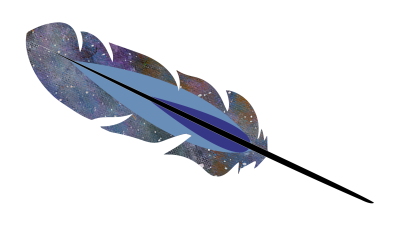
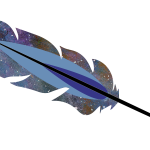
KAAMOTAAN (RECOONCILIATION)
CLEANSING AS HEALING
COURTNEY ALEXANDRA FOX
